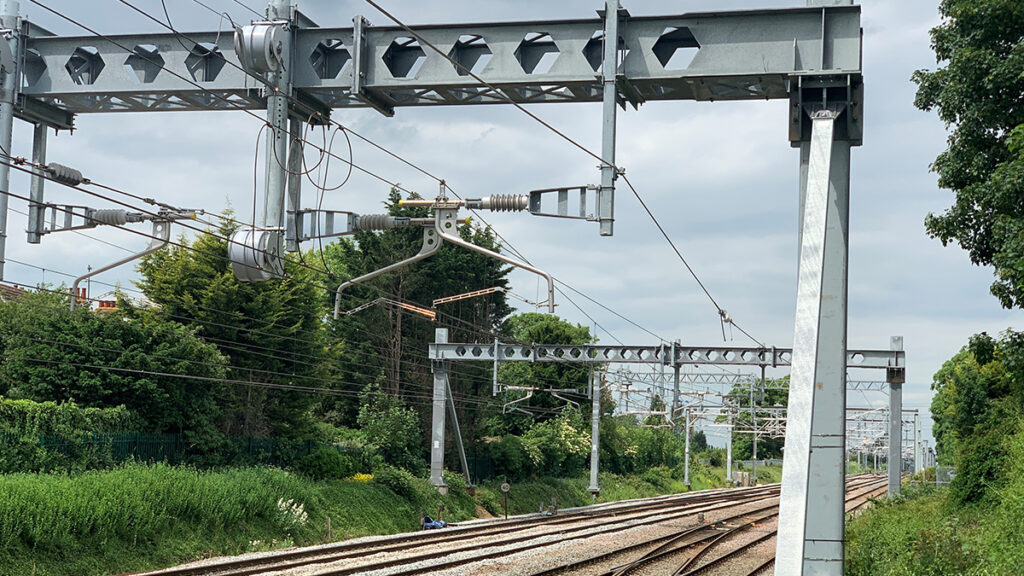Midland Main Line Upgrade
We’re electrifying the Midland Main Line

Jump to
Programme Update
The Midland Main Line electrification programme has been paused in the Government’s Spending Review. We are reviewing the programme and working through the detail of what this means in terms of immediate and future activity. We will keep stakeholders updated once plans to close down the programme are confirmed.
Frequently asked questions
Transport and Works Act Order – Kettering to Wigston South Junction and Napsbury Lane
The Network Rail (Kettering to Wigston South Junction and Napsbury Lane) (Land Acquisition) Order (the “Order”) would confer powers of compulsory acquisition and temporary use of land on Network Rail for the purposes of works forming part of the wider Midland Main Line Electrification Project, which has already successfully electrified the route from London to Corby.
The phase of the programme to which the Order relates is to electrify and decarbonise the section of the line north of Kettering to Wigston South Junction. The Order would also provide for Network Rail to acquire rights of access to the electrified railway over a private road at Napsbury Lane, St Albans.
Network Rail submitted its Transport and Works Act Order (TWAO) application for this Order to the Secretary of State for Transport on 12 November 2024. To view the TWAO application and all the plans and documents submitted with them please refer to our application documents below.
Any person who wishes to obtain a copy of the application or of any document that accompanied it may do so by applying to Network Rail by email to midlandmainline@networkrail.co.uk or by calling 03457 11 41 41.
Contact us
If you have any feedback about our work, please call our 24 hour helpline on 03457 11 41 41 or visit our contact page.